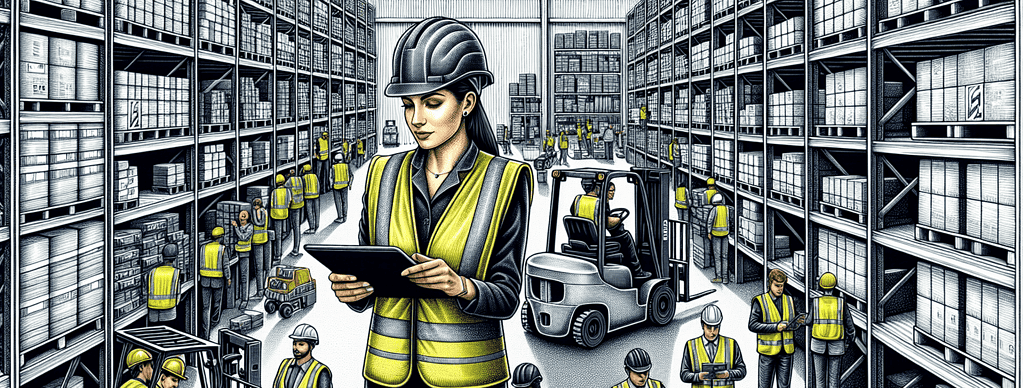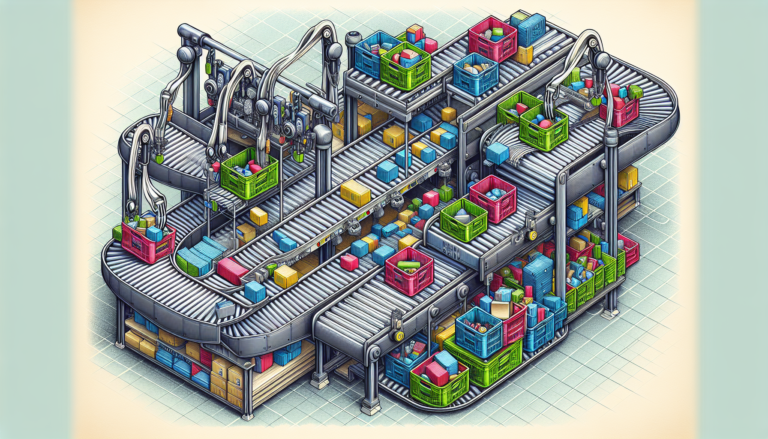Warehouse Labor Management Systems (LMS): 2025 Solutions
A warehouse labor management system (LMS) is software that plans, tracks, and improves workforce productivity on the DC floor. It sets standards, measures performance in real time, and feeds managers the data to coach teams, schedule smarter, and pay incentives fairly. For most operations, an LMS is the fastest path to lower cost per order without adding headcount.

Why LMS Matters Now (and Who Needs It)
Razor-thin margins: LMS captures minutes at the task level (picking, packing, putaway) so you stop bleeding time.
Throughput volatility: React to peaks with labor forecasting instead of panic hiring.
Fair incentives: Pay for performance based on engineered standards—not gut feel.
Fewer errors: Coaching dashboards surface accuracy issues before they become chargebacks.
Best fit: 30+ associates, multi-shift ops, >10k order lines/day, or any DC with seasonal spikes.

Core LMS Features (What to Look For)
Standards & Engineered Labor
Set time standards by task (pick, pack, replenish, receive). Supports discrete, batch, wave, zone, and voice picking.Real-Time Performance Dashboards
Live view of UPH, lines/hour, and variance to standard—by associate, team, shift.Labor Forecasting & Scheduling
Utilizes order volume and historical rates to staff the optimal number of personnel per area and hour.Incentive Pay & Fairness Controls
Configurable plans (piece, tiered, hybrid) with guardrails to prevent “gaming.”Coaching & Alerts
Auto-flags associates who need help; provides reason codes (training, slotting, congestion).WMS/Automation Integrations
Plugs into your WMS, RF guns, AMRs, conveyors, and time clocks.Compliance & Audit Trail
Accurate records for HR reviews, safety audits, and labor disputes.

LMS vs. WMS (Do You Need Both?)
WMS = inventory accuracy, location control, order flow.
LMS = people productivity, standards, incentives.
Together, they deliver fewer touches, faster cycle times, and lower $/unit.
ROI: How to Calculate Payback (Simple Model)
Baseline: 80 associates, fully loaded cost $25/hr, 2 shifts, 250 days/year.
Current productivity: 55 UPH → Target with LMS: 15% lift → 63 UPH.
Annual labor hours saved (approx.): 15% × labor hours.
If your DC runs ~320,000 labor hours/year, a 15% lift saves 48,000 hours.
Savings: 48,000 × $25 = $1.2M/year (before incentives).
Typical LMS cost: $80k–$250k + implementation → payback in 3–6 months.
Implementation Roadmap (90 Days)
Phase 1 (Weeks 1–3): Discovery & Data
Map processes, pull 90 days of order/scan history, and define goals (UPH, dock-to-stock, and pick accuracy.
Phase 2 (Weeks 4–7): Configure & Pilot
Establish standards, integrate WMS, and conduct a pilot in one area (e.g., each-pick).
Phase 3 (Weeks 8–12): Coach & Roll Out
Train supervisors on coaching dashboards and launch incentives with a gradual ramp.
Success tips: Start with the noisiest area, select one metric per role, and celebrate quick wins on a weekly basis.

Common Pitfalls (and How to Avoid Them)
No baseline: Measure before making any changes.
Too many KPIs: 1–2 per role beats a dashboard Christmas tree.
Skipping coaching: LMS is a people system; supervisors need training.
Bad slotting: Don’t blame pickers for walking marathons—fix the slots first.
Top LMS Buying Criteria (Checklist)
Proven WMS connectors (your vendor named on the list)
Out-of-the-box engineered standards library
Mobile coach app for floor walks
Simple incentive plan builder + payroll export
Robust audit trail & role-based access
Clear TCO and a month-to-month pricing option

FAQs
What’s the difference between LMS and workforce management?
Workforce management schedules time; LMS measures and improves performance against standards.
How fast will we see results?
Most sites see early wins within 2–4 weeks of the pilot and a full payback inside one peak.
Can small warehouses benefit?
Yes—if you have repeatable tasks and >15 associates, you’ll still see measurable gains.
Does LMS work with robots/AMRs?
Yes, LMS treats robots like resources and measures human-robot workflows together.






